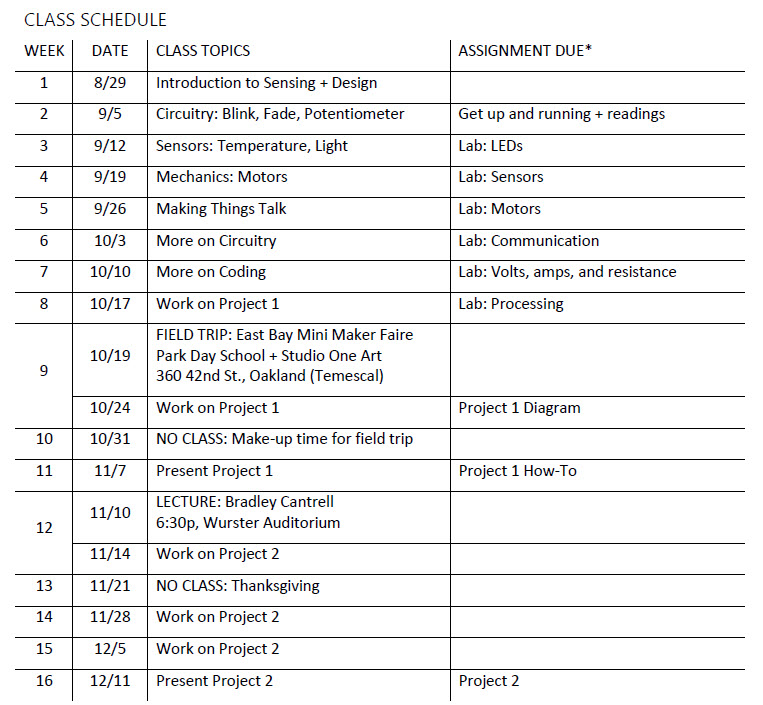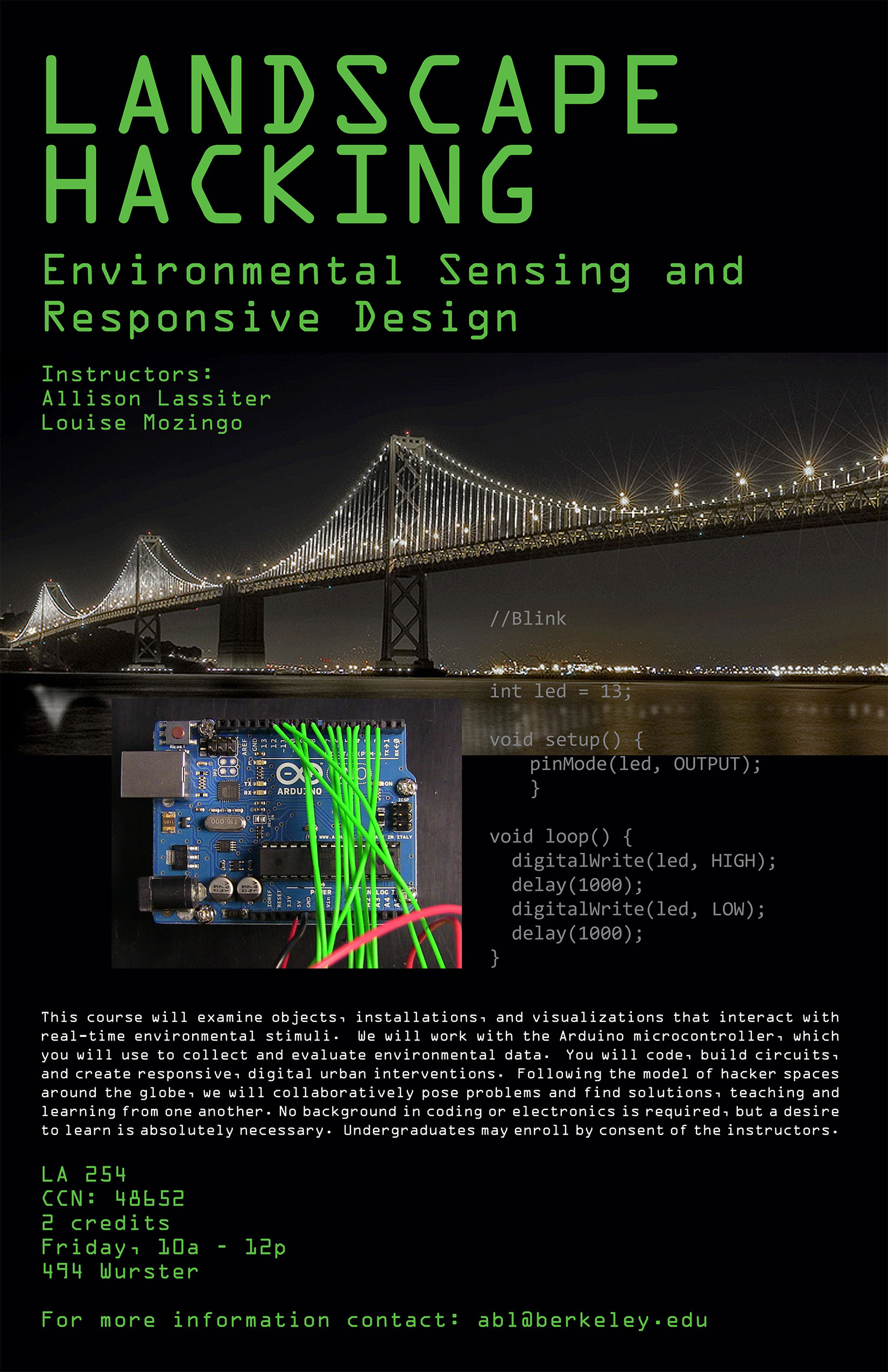In this lab you will work with four different sensors. You will sense touch (two different ways), then light intensity, then temperature. After, you’ll look around on the internet for other types of sensors — what sensors are you most interested in?
1. Follow the exercise for Circuit 2, Potentiometer, in your Vilros Ultimate Starter Kit Guide.
2. In a few sentences, describe how the potentiometer works. Why is the light intensity changing as you turn the knob? (2 points)
3. This is the first time you’ve used an Analog In pin. In a few sentences, describe the difference between the digital and analog pins. (2 points)
4. Follow the exercise for Circuit 5, Push Button.
5. In a few sentences, describe how the buttons work. Why does the light go off when you depress both buttons? (2 points)
6. Take a quick (< 15 sec video) of Circuit 5, showing what happens as you push the buttons. (2 points)
7. Follow the exercise for Circuit 6, Photo Resistor.
8. In a couple sentences, describe how the photo resistor works. Is it more similar to the potentiometer or push buttons? (1 point)
9. Take a photograph of your completed Circuit 6. (2 points)
10. Follow the exercise for Circuit 7, Temperature.
11. Take a photo or screen grab of your serial monitor showing temperature readings. (2 points)
12. What is a serial monitor? (1 point)
13. Search the internet for more Arduino sensors. You may want to start by scrolling through this page. Find 2 sensors that you would be interested in using.
14. For each sensor, submit (6 points):
- The name of the sensor
- A link to where you can buy the sensor
- A link to some sample code/tutorial that helps you figure out how to use the sensor.
- What does the sensor do? (2-3 sentences)
- In looking at the sample code, do you understand what’s going on? If you bought the sensor, what would you need to learn in order to get it going? (1 paragraph)
Note: finding sample code will take some digging around. You may want to start saving links to code that you find helpful. I use Evernote for this sort of stuff.
15. Post answers to the questions + videos on bSpace under Assignments > Lab 2. Be sure to hit the submit button.


